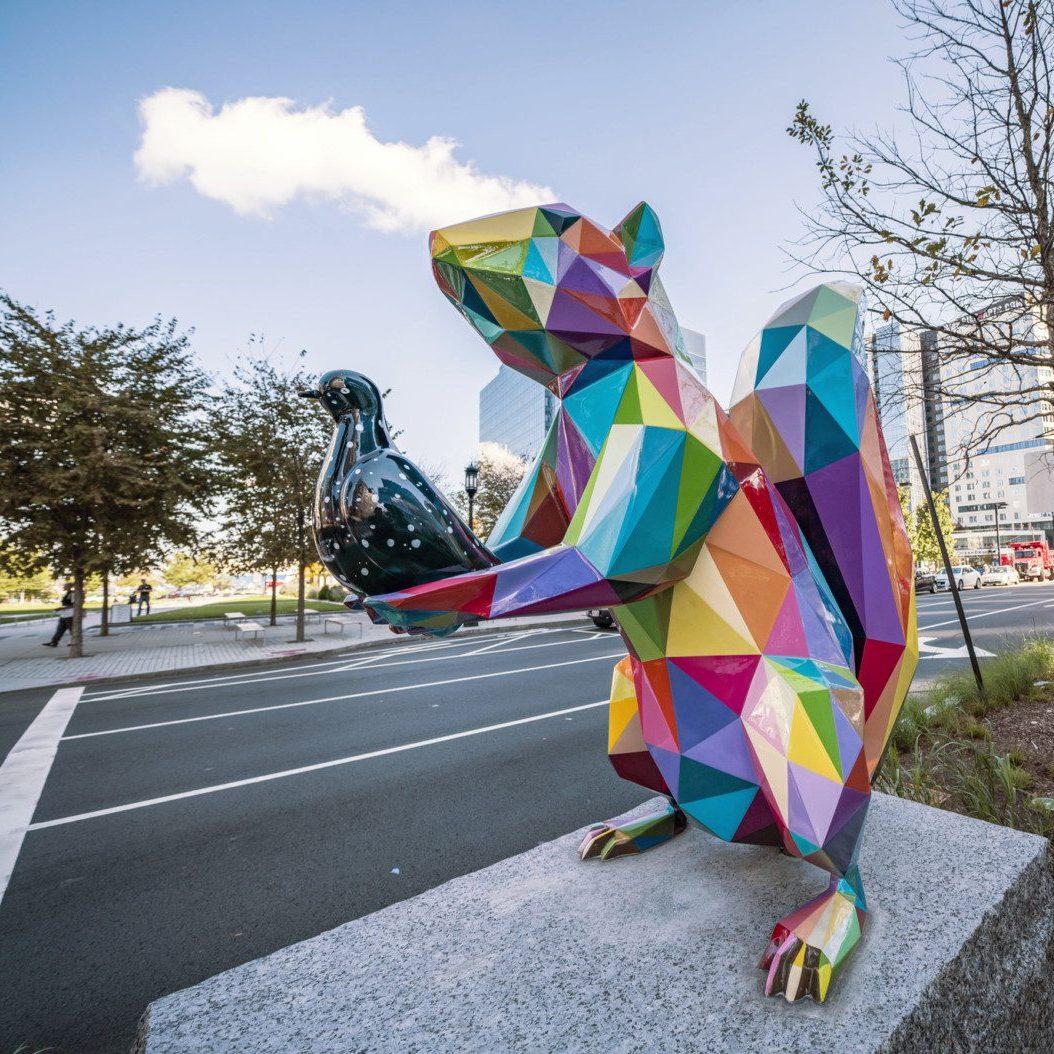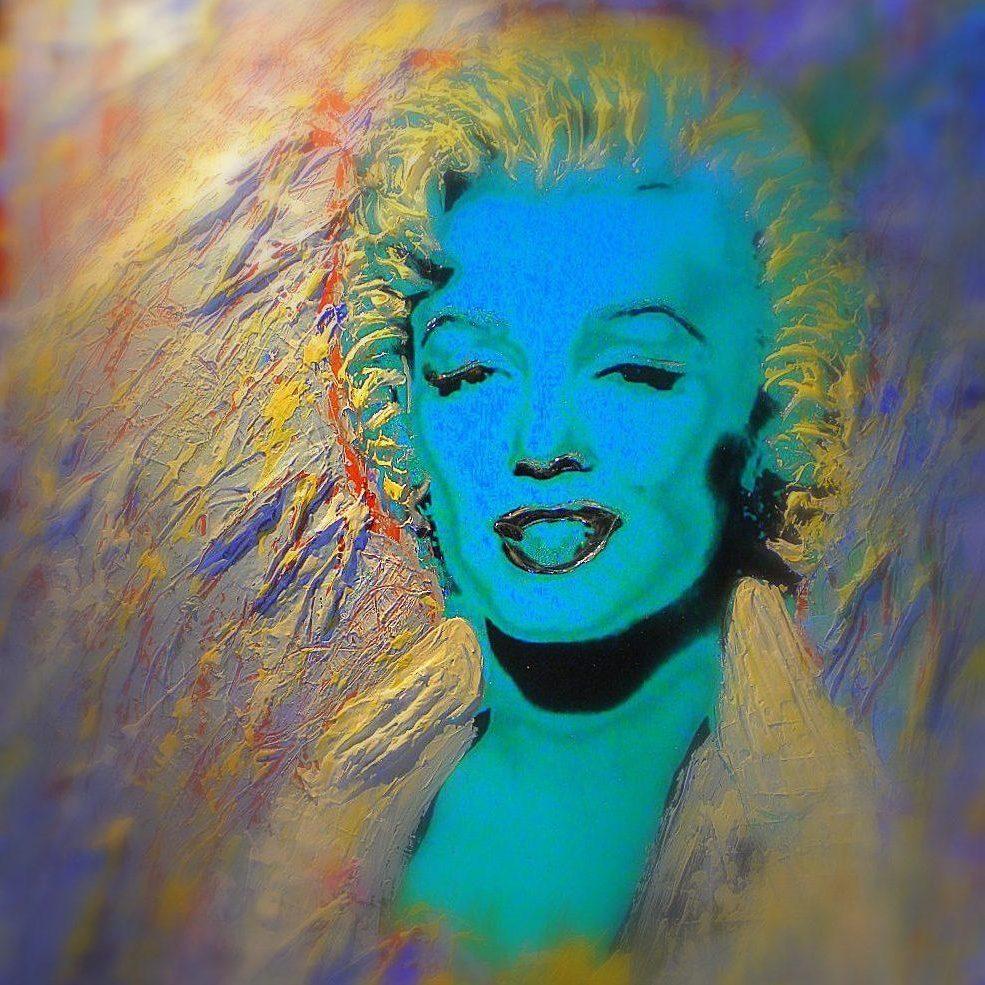In the hands of Iranian artist Farhad Gavzan, the simple act of drawing transforms into a profound, meditative journey. Born in Northern Iran in 1974, Gavzan has forged an original contemporary style by drawing deeply from the rich well of his native land’s historical arts, particularly the spiritual discipline found in Iranian calligraphy.

His large, horizontal abstract drawings are not just works of art; they are the visual records of an inward quest—a modern interpretation of a time-honored tradition.

The Power of Repetition and the Path to Peace
Gavzan’s practice is rooted in “Siah-Mashq,” an essential rote learning technique historically used by Iranian calligraphers. Through the rigorous repetition of a single letter, calligraphers didn’t just achieve technical perfection; they embarked on an inward journey intended to lead to inner peace, all while creating powerful abstract compositions.

The Power of Repetition and the Path to Peace
Gavzan’s practice is rooted in “Siah-Mashq,” an essential rote learning technique historically used by Iranian calligraphers. Through the rigorous repetition of a single letter, calligraphers didn’t just achieve technical perfection; they embarked on an inward journey intended to lead to inner peace, all while creating powerful abstract compositions.
Gavzan follows this exact meditative path:
- The Automatic Start: His initial strokes begin in an automatistic manner, a free-flowing, intuitive release.
- The Contemplative Build: He then enters a state of focused repetition, meticulously repeating the primary patterns until the final, layered artwork emerges.
This introspective process dictates the very form of the final piece. Before he begins, Gavzan decides if the inward journey ahead will be a “strenuous one or rather short,” a decision that uniquely determines the size of his paper. The results of this introverted process often possess a compelling, almost visceral quality, frequently resembling internal organic matter.

More Than an Artist: A Pioneer for Drawing in Iran
Farhad Gavzan’s vision extends well beyond his own studio. A graduate of Tehran Art University with a Master’s degree in Painting (2003), he has become a foundational figure dedicated to elevating and expanding drawing as a contemporary medium in Iran.

This introspective process dictates the very form of the final piece. Before he begins, Gavzan decides if the inward journey ahead will be a “strenuous one or rather short,” a decision that uniquely determines the size of his paper. The results of this introverted process often possess a compelling, almost visceral quality, frequently resembling internal organic matter.


The Drawing House (Established 2005): Gavzan founded this unique center, which remains the only specific drawing center in Iran. It provides a crucial platform for artists—both emerging and established—to explore contemporary drawing ideas across various media. Through exhibitions, workshops, and public drawing initiatives, the Drawing House actively works to create a space where diverse mindsets can expand the boundaries of the medium. The Drawing Museum (Established 2017): Building on the Drawing House’s success, Gavzan established this non-profit to amplify its activities, promote the art of drawing at the highest level, and connect with the global art museum community.


International Recognition and Documentation
Since his first exhibition at Seyhoon gallery in Tehran in 1998, Gavzan’s work has garnered significant international attention, featuring in major art fairs including DDessin Paris 2014, Start art fair at Saatchi gallery, London 2015, and Spazio Nour, Milan, 2016.


He has also documented his artistic quest in several publications, most notably the book titled Human, which chronicles his deep exploration into the “hidden layer of humanity” through his monumental drawings and painterly conduct.





By masterfully blending ancient meditative practices with a distinctly contemporary aesthetic, Farhad Gavzan is not only creating original art but is actively shaping the future of drawing as a meaningful and influential medium both in Iran and on the global stage.





